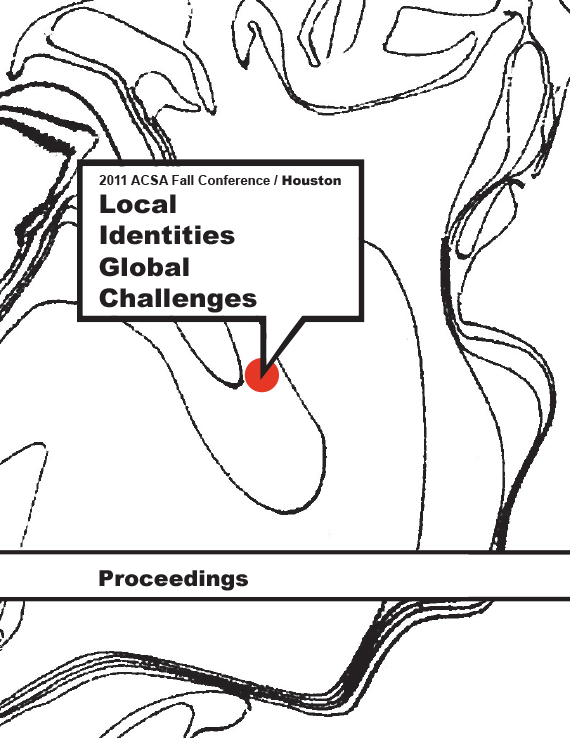Author(s): Andrew Payne & Lee Dinwiddie
The objectives of this paper are to express the current problems and the potential of the small American downtown. These pockets of the American community have often become historic relics but too often fall short of their potential benefits for both the community and the local economy. This paper will also put in motion a practical application of re-growth and, specifically, recentralization in an American downtown district. This paper will provide a model for similar urban areas that exist and are without the leadership and foresight to solve the continuing problems of an overly-developed urban fringe. This process can apply to a range of independent small cities/towns that need a resurgence of population, development, and revenue in the central core. The study is specifically concerned with areas that have expanded quickly with a growing industry but have since struggled to establish order and retain a vibrant community center. The author will illustrate solutions that could help plug the leak that its own expansion has created in the downtown area. Previous research explored a number of cities, towns, and communities—one of which being Franklin, a small city that has thrived on agrarian and industrial markets with its fortunate juxtaposition along major transport lines in southern Kentucky. The central business district of Franklin is a prime example of the crippling conditions that have plagued so many charming downtown areas. This paper will analyze and propose solutions for the city of Franklin—a city that is not unlike so many other suburban-stricken districts across America. For this study, Franklin’s most appealing characteristics are that it’s a secondary city, has a moderate government budget, is centralized around a public square. Franklin’s conditions are emblematic of so many other areas that are sacrificing local identity for generic, suburban-based commerce. The process and solutions of this study could also be employed in other community-based areas of the country; these may include bedroom communities that support a metropolis area or even suburban regions that begin to function like an independent municipality. The final product of this study is a master plan and block development process that addresses the issues of Franklin’s downtown and suburban areas. The development will specifically seek to draw people to the downtown area for a variety of reasons, and it will propose an architecturally considered design that would be more accommodating to the typical commercial tenant; a tenant that is often remotely located because of the limits associated with downtown spaces, the current building inventory, and variety of business types. Current spaces in the downtown area are too restrictive for the typical business tenant. The buildings, and especially historic structures, are often not accommodating for the changing needs of successive tenants. In many scenarios the tenant’s program must be successful for the location, the building must be in good condition, and the program must fit the building’s limited amenities and physical space. Typically, if one of these conditions is not met, the tenant relocates to the urban fringe and ultimately detracts from the downtown identity.
Volume Editors
Ikhlas Sabouni & Jorge Vanegas

 Study Architecture
Study Architecture  ProPEL
ProPEL 
